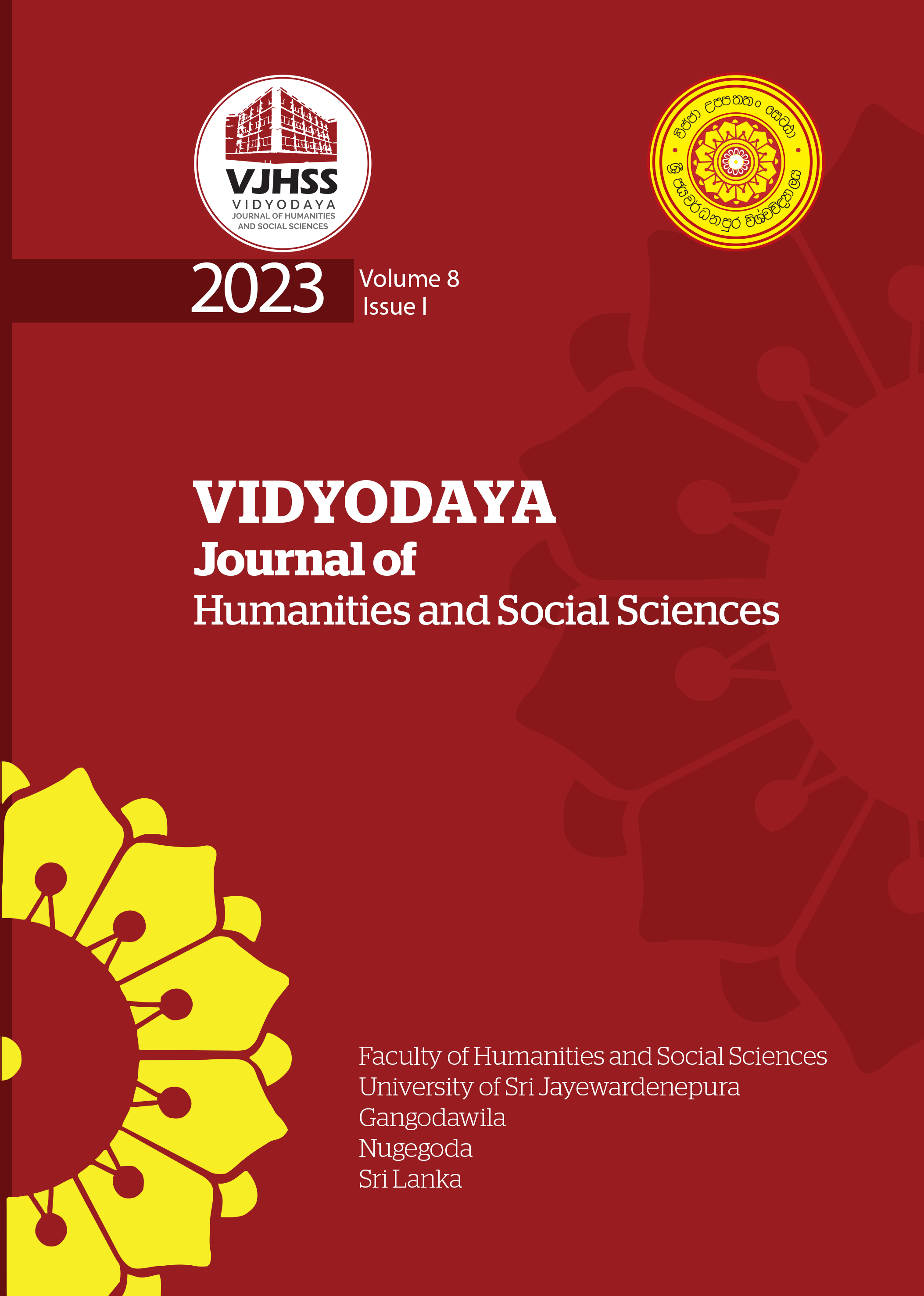Literary Association in the Subject of Painting the Maya Dream: A Study of Literary Documents and Wall Paintings
Abstract
After Buddha's parinirvana, the Buddha's teachings were written down in Pali. Buddhist literature has emerged from the fusion of the early Buddhist period, contemporary Brahmanism and post-Buddhist sects that later spread. The prominent subjects of Buddhist literature are the character of Buddha, Buddhist history and Jataka stories. After the Mahindagamana, Sri Lankan literary art and Wall painting were formally established with the support of the state. Buddhism was a leading proposition for the classical literature of the Anuradhapura and Polonnaru periods. Artists inspired by that literature used literary documents as motifs for murals. One of the main objectives of the research is to identify the artist's literary association and creative skills in painting the fantasy, which is an elaborate proposition in literary documents. The semantic approach was used as the philosophical communication method in the analysis of facts. In literature, an organized system of signs is built by applying literary features such as letters, words, sentences, various similes, similes. The reader perceives the idea or feeling by systematically constructing the signals obtained by reading. A set of visual images is presented to the viewer by the murals painted using the propositions of those Buddhist literary documents. They compose meanings as colors, lines, shapes as well as symbols and shapes separate from each other. It can be recognized in the observation of the paintings that the painter took the association of literary documents in the subject of painting the Maya dream. It can be concluded that different meanings are perceived by the visual signs used by the painter for the painting.



